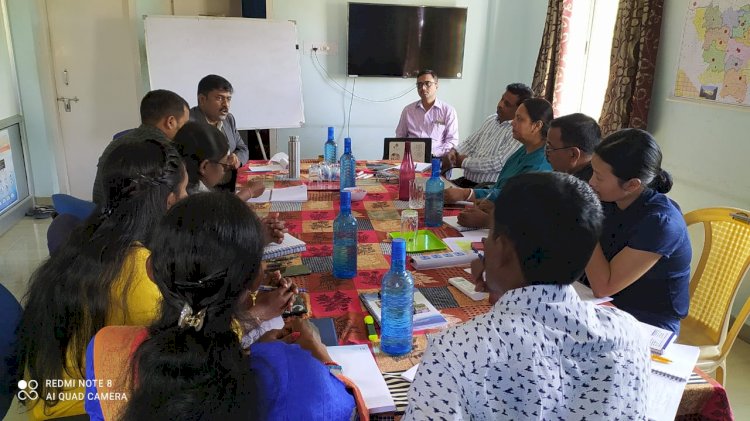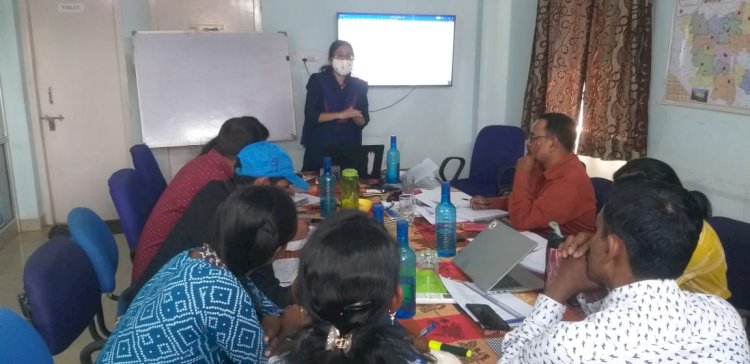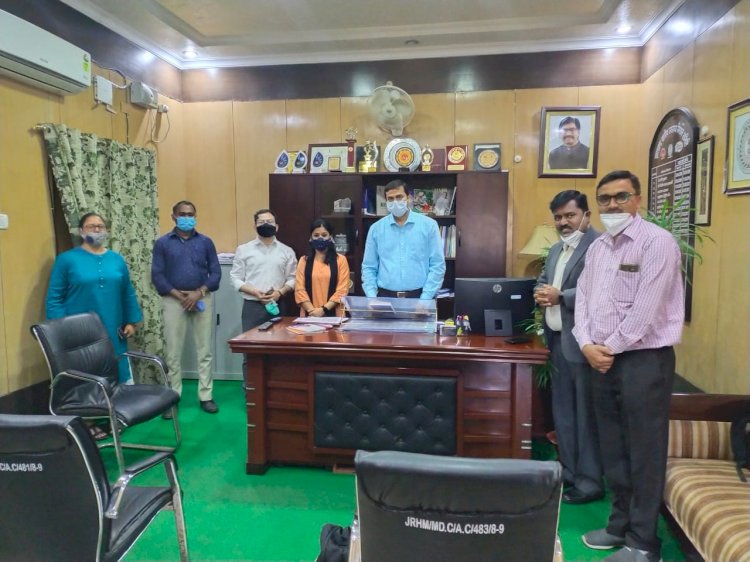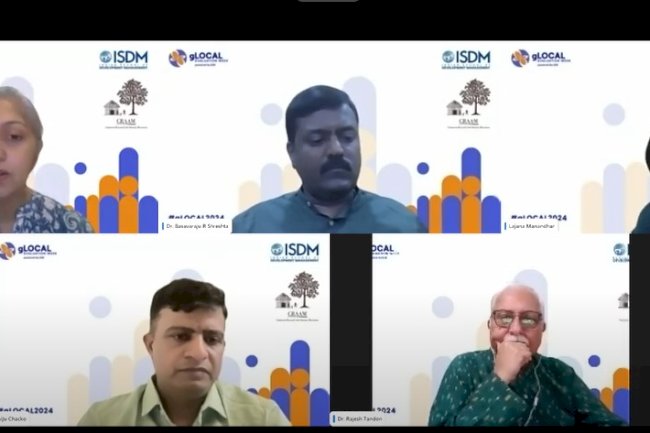GRAAM and JHPIEGO partner to demonstrate community led monitoring mechanism and establishment of Jan Arogya Samitis (JAS)
GRAAM and JHPIEGO entered into a partnership to demonstrate community led monitoring mechanism and establishment of Jan Arogya Samitis (JAS) in the state of Jharkhand. GRAAM is implementing the Jhpiego’s USAID support project NISHTHA. Under National Health Mission (NHM), Community Based Monitoring and Planning has been a key strategy to ensure participation of community in all its developmental projects and programs. In this context, the current project is designed to complement the strengths in making health services a community lead movement, in monitoring the Comprehensive Primary Health Care (CPHC) services spanning preventive, promotive, curative, rehabilitative and palliative care delivered through Ayushman Bharat Health and Wellness Centre (AB - HWC). The Government of India has issued a guideline for constituting community structures such as ‘Jan Arogya Samiti’ at SHC & PHC-HWC’s level with an intent of developing contextually relevant systems and processes. Hence, this project is designed to complement the strengths in making health services a community lead movement.
GRAAM has its expertise and prior experience of working and engaging with communities and establishing community accountability mechanisms. It has developed a similar community monitoring system in the state of Karnataka for monitoring CPHC at Public Healthcare centres. GRAAM partner in this project, JHPIEGO, is a non-profit global health leader and Johns Hopkins University affiliate that is improving health and transforming futures. In India, Jhpiego works in close collaboration with national and state governments, providing technical assistance in strengthening health systems. The project is being delivered on a USAID fund. USAID is an international development agency acting as a catalyst in driving development across the world. USAID has been working with GOI, the private sector, and civil society to identify, pilot, and scale up cost-effective innovations and best practices to further boost India’s development.
The project is being implemented in 35 selected SHC-HWC’s of Khunti and West Singhbhum districts of Jharkhand. Khunti is a new carved district from Ranchi in 2007. It is a rural district with 91.54% residing in a rural area and a tribal district with 73.3 % tribal population residing in the area. West Singhbhum is one of the oldest districts of Jharkhand. It is a rural district with 85.49 % residing in a rural area and a tribal district with 65.4 % tribal population residing in the area. Both the districts (Khuti and West Singhbhum) are rural and tribal districts with more than 60% of tribal population. In Khunti district Munda, Kharia, Oran tribes are in high numbers while Santhals, Ho, Munda, Lohra, Kharia are more in West Singhbhum district. These Tribal communities share a distinct cultural identity as compared to other groups. Both the districts are socially and economically disadvantaged in comparison to others. They have comparatively low Health indicators, according to the NFHS data.
As part of the project, GRAAM would be implementing a Technology Enabled Community Monitoring Model at the chosen sites of execution.
What's Your Reaction?

























